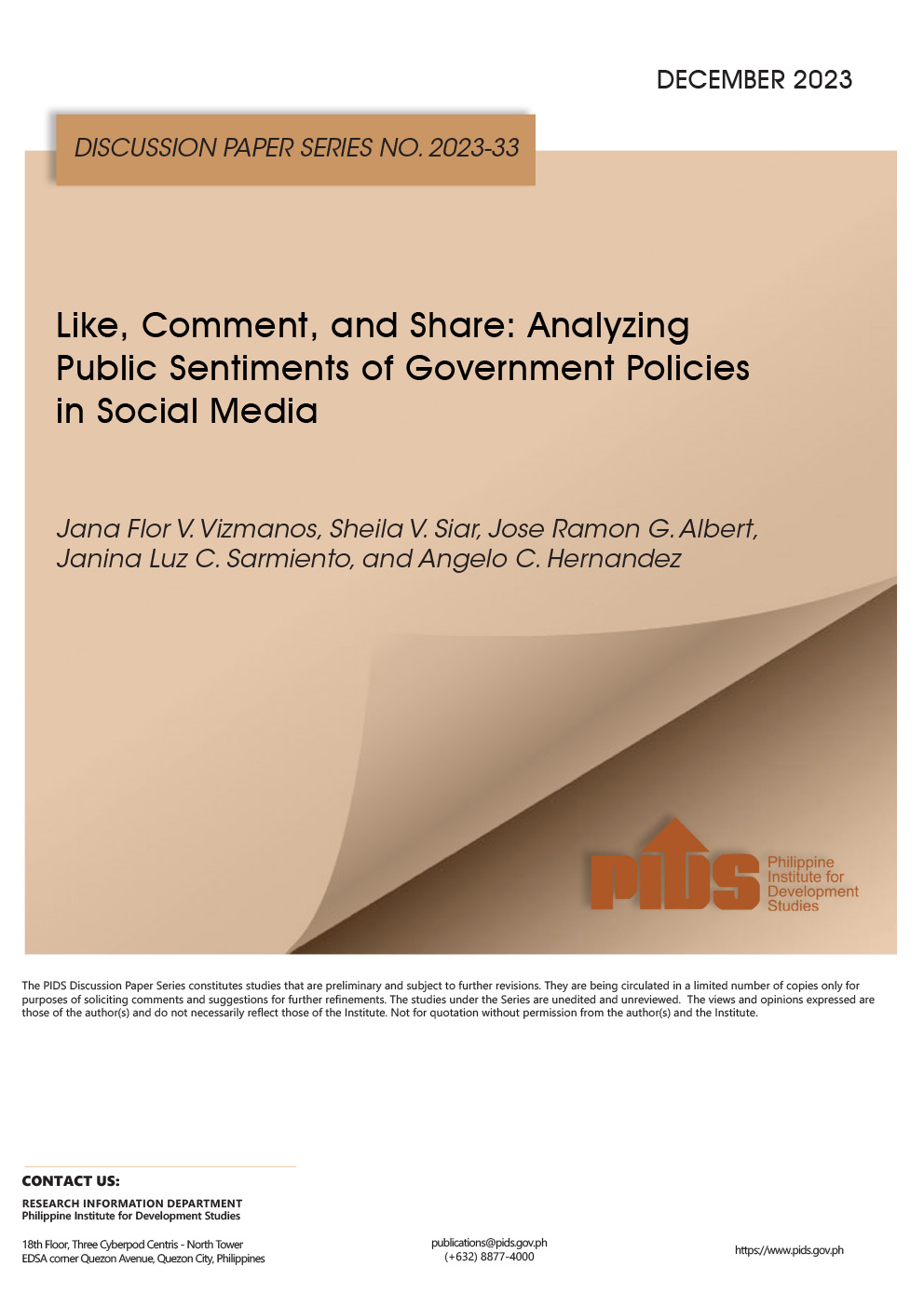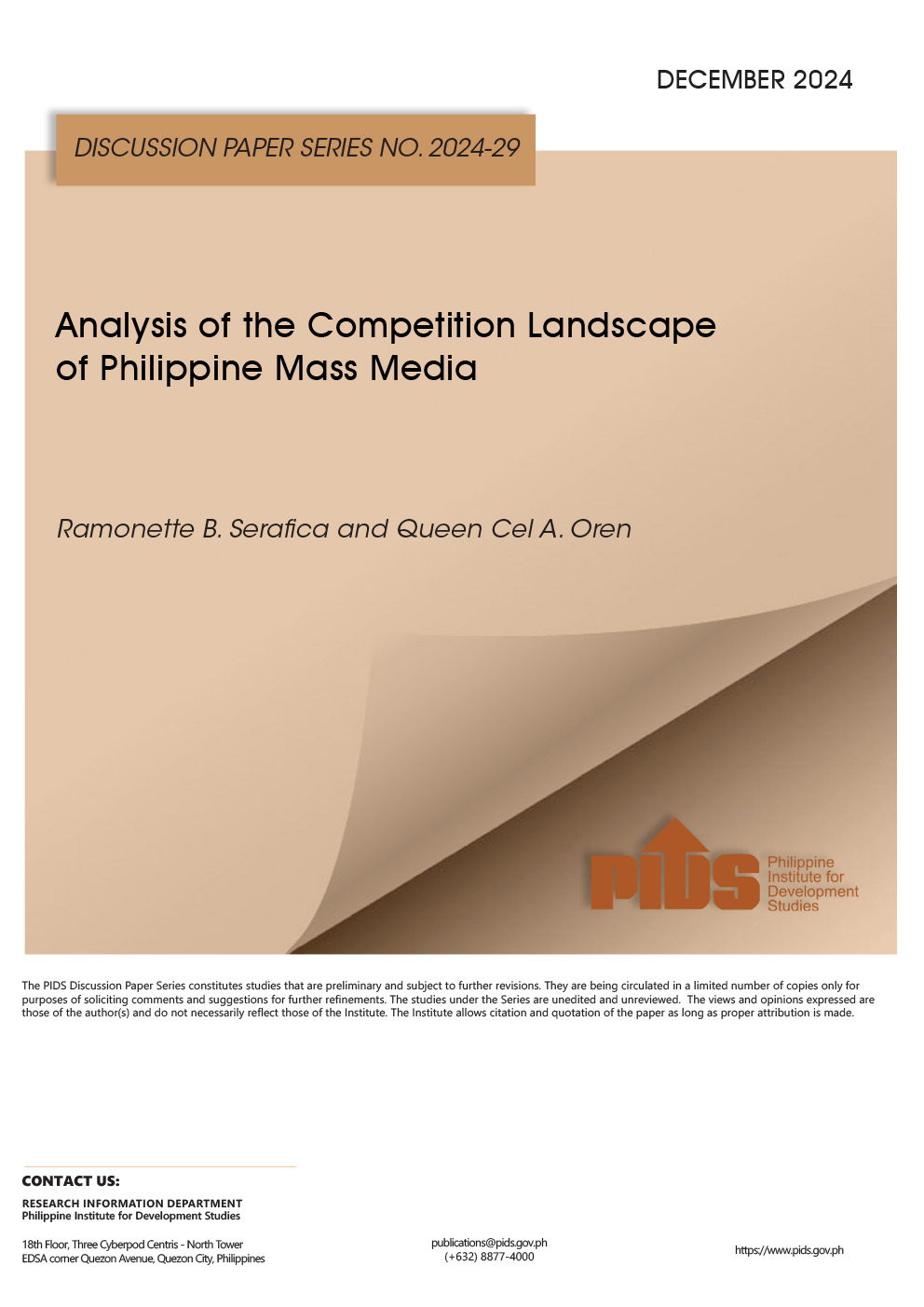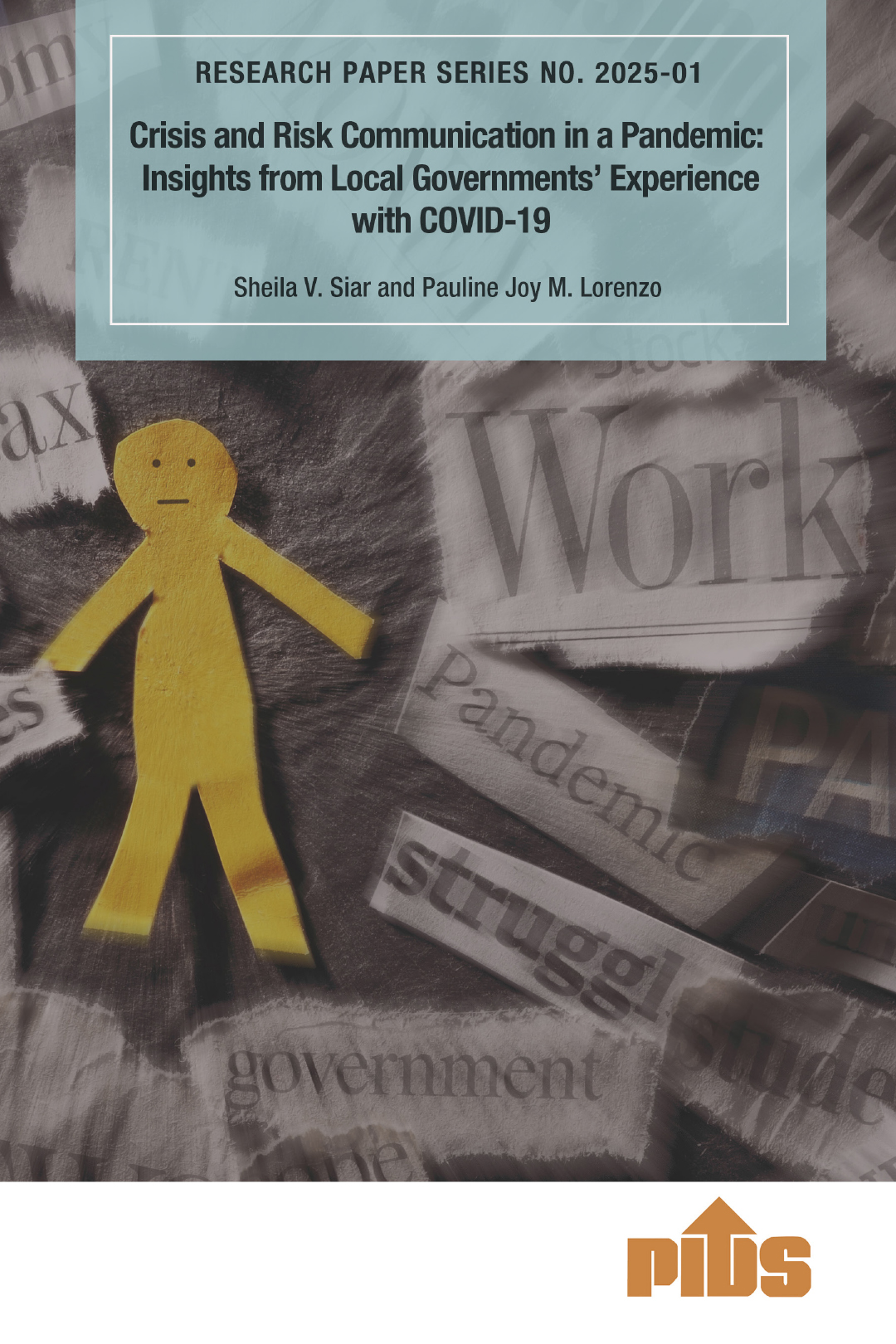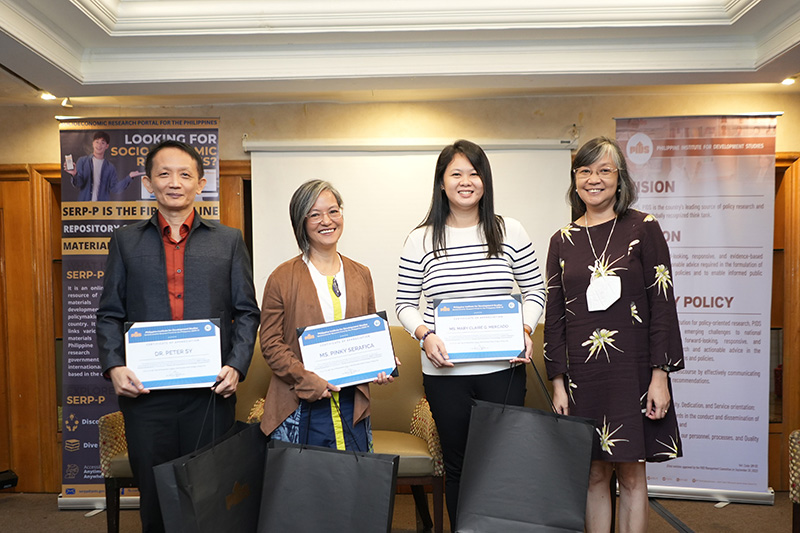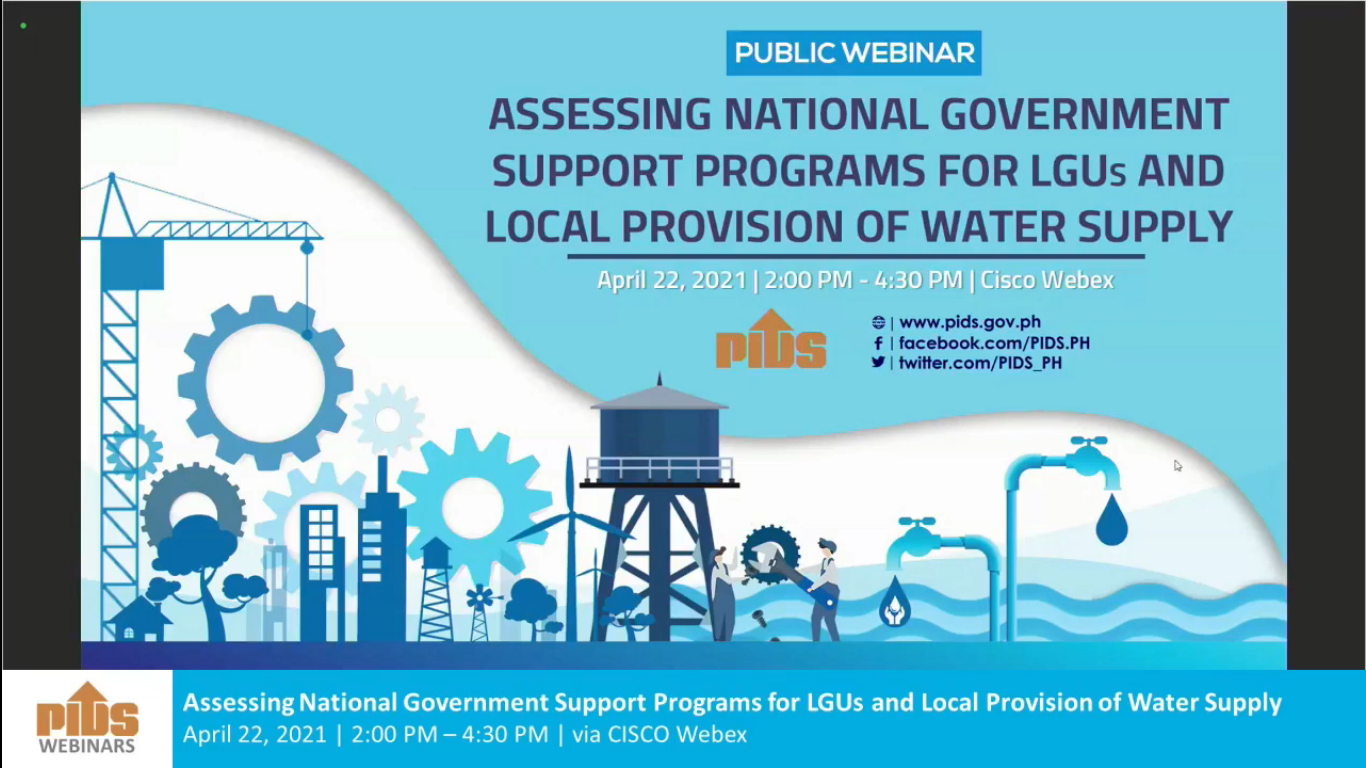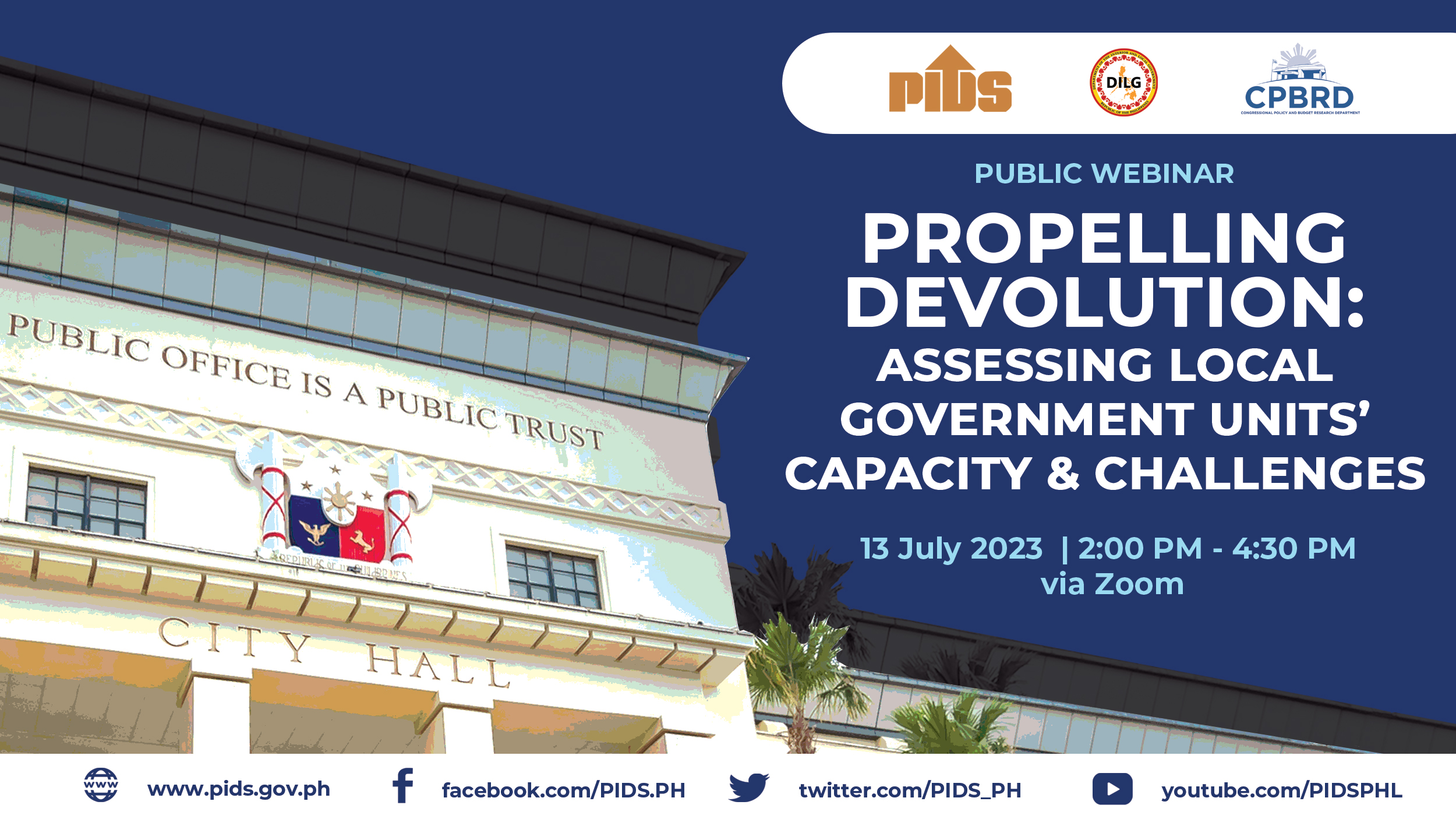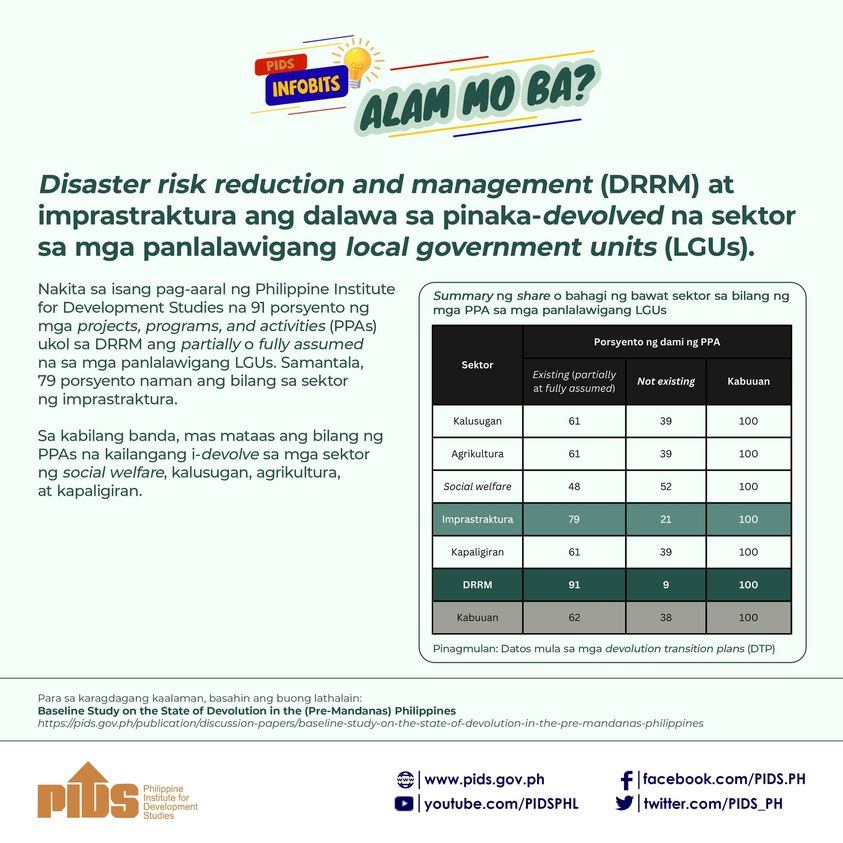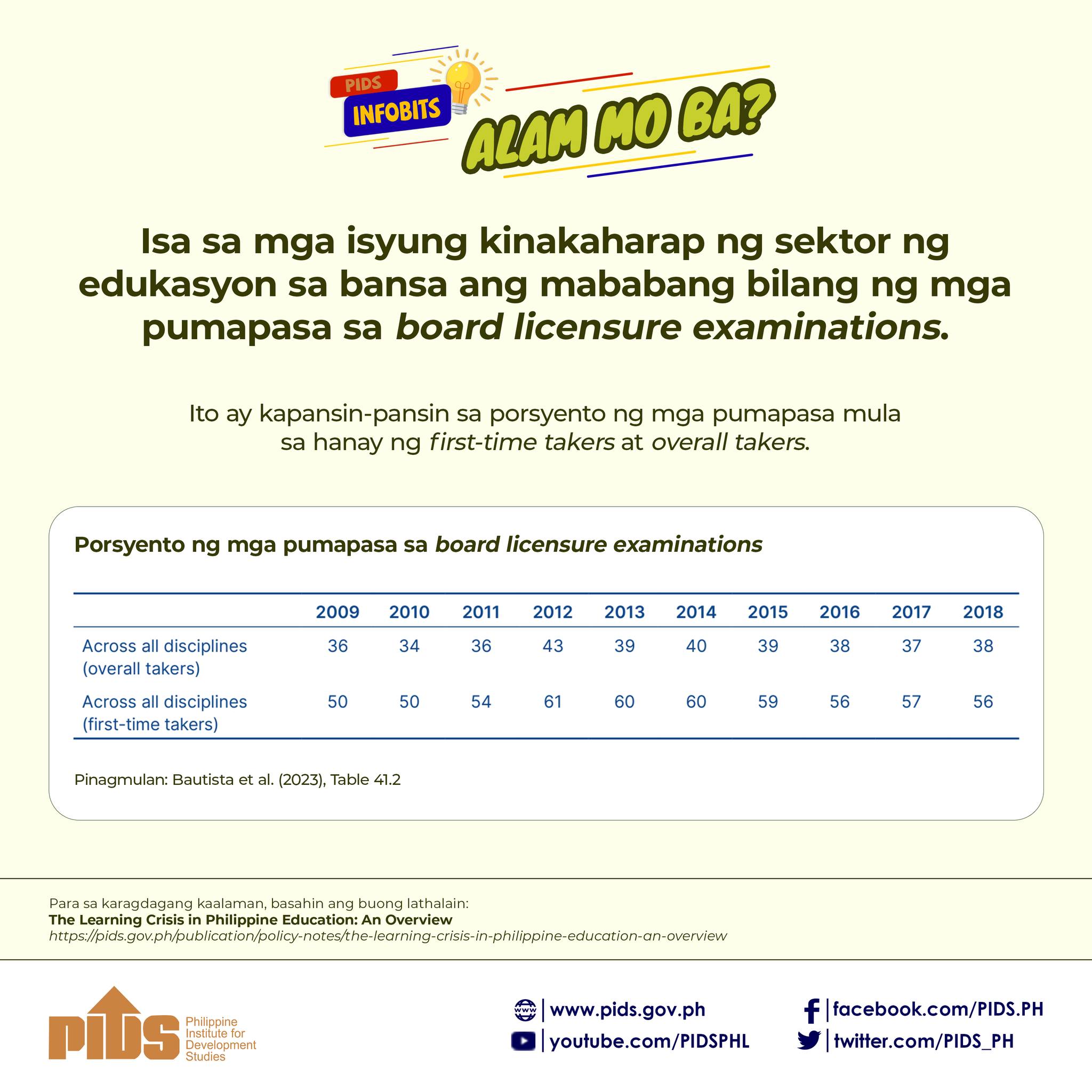LOCAL government units (LGUs) must ramp up their crisis and risk communication efforts through digitalization and technology upgrades in order to make them better prepared against the pandemic and other emergencies, according to the Philippine Institute for Development Studies (PIDS).
“Local governments have been at the forefront of the pandemic response since the COVID-19 crisis started in 2020. One of the most critical aspects of a pandemic response is risk communication and crisis communication,” PIDS said in a study written by Sheila V. Siar and Pauline Joy M. Lorenzo.
“The role of LGUs in crisis and risk communication is crucial to manage the risks of the COVID-19 pandemic and mitigate its negative impacts. However, with or without a pandemic, local officials are the government actors directly closest to citizens; thus, they play a prominent role in communication tasks. This responsibility becomes more crucial when a disaster strikes as its impacts and effects are felt most strongly at the local level,” it added.
The study said improving the information and communications technology infrastructure must leverage modern communication tools to improve government responsiveness.
“Affordable, fast, and reliable internet connection is also vital for government offices to use internet-based tools for service delivery and for the public to access government services,” it said.
The study cited the need for social media and messaging platforms to improve their responsiveness to citizen concerns, make them more accessible to the public, and increase organizational transparency and accountability.
“Hiring dedicated personnel for social media is essential to fully exploit the capabilities of different platforms and respond to public inquiries and concerns,” it added.
Social media analytics can also help promote effective communication, according to the study.
“While the government increasingly uses social media, there is limited use of data gathered from social media channels to measure performance and inform decisions and strategies. This can be attributed to the low usage of social media analytics due to a lack of awareness and knowledge,” PIDS said.
It recommended the establishment of social media listening or monitoring channels for problems and opportunities.
“Training and capacitating government personnel on analytics approaches is key to more effective use of social media in communicating and engaging with target audiences,” it added.
The study recommended capacity building in risk communication, science communication, and crisis communication.
“Capacitating government staff, particularly disaster risk reduction officers, health officers, and information officers on the abovementioned key subfields of strategic communication is essential for them to effectively carry out their communication functions during disasters and health emergencies,” it added.
It also said that training in public communication during health emergencies needs to be addressed, given the country’s limited experience in dealing with epidemics and pandemics.
PIDS recommended training LGU personnel on communication planning, monitoring, and evaluation.
“Whether or not the situation is a crisis, LGUs should have a strategic communication plan. A communication plan is essential in setting goals and objectives, identifying the audience, message, channels, timing, and resources, and specifying accountabilities,” it said.
“Along with a plan, a clear communication monitoring and evaluation system should be in place to track outcomes against targets, identify communication pitfalls and areas for improvement, and evaluate the success of communication interventions,” it added.

